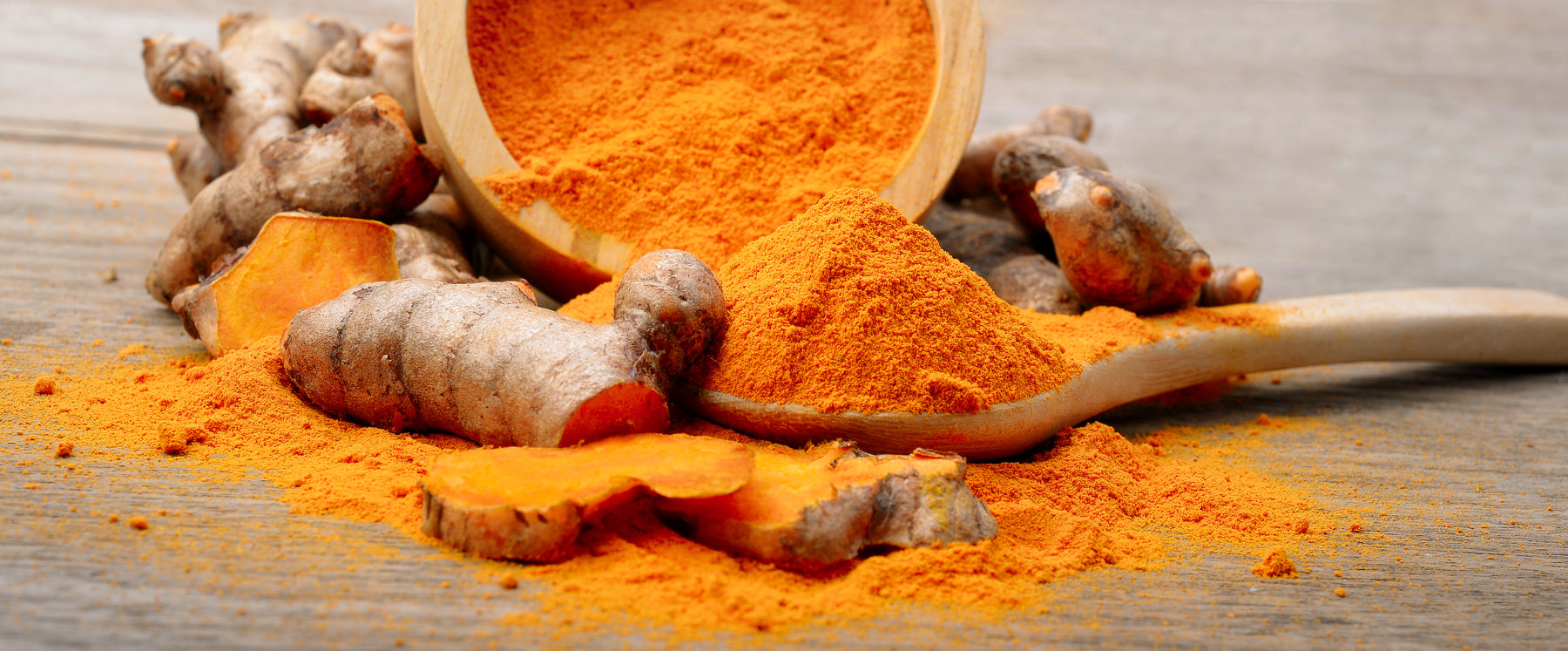
Curcuma longa
Curcuma longa, commonly known as turmeric or as Haridra in Ayurvedic medicine, is a perennial herb which has a very long history of medicinal use, dating back nearly 4000 years. It is also used as a culinary spice and as a beauty agent.
We at Nature’s Laboratory provide rhizomes of Curcuma longa, root powder of Curcuma longa and curcuma root powder incorporated into capsules.
Biological Source: Curcuma longa which belongs to the family of Zingiberaceae, (Ginger) commonly known as turmeric is a herbal medicine traditionally used as a spice in Indian food.
Background & Uses of Curcuma longa
Curcuma longa, also known as turmeric or Haridra (in Ayurvedic medicine) , is used in Southeast Asia not only as a principal spice but also as a component in religious ceremonies. Because of its brilliant yellow colour, turmeric is also known as “Indian saffron.” The genus Curcuma has been employed for many years due to its medicinal applications; it is composed of approximately 133 species worldwide. Turmeric has been used in India for thousands of years as a major part of Ayurvedic medicine. Native to southwest India it also grows in Africa, especially in Nigeria and South Africa. Turmeric was probably cultivated at first as a dye and then became valued as a condiment as well as for cosmetic purposes.
Turmeric has been the household spice for diverse cuisines in all parts of India for many centuries. Generally, the rhizome powder of turmeric is used as a spice all over India but only a few people are aware of its therapeutic properties. . Turmeric is also an auspicious beauty agent, applied daily on the forehead by Hindu females.
Macroscopical Details: Curcuma longa (turmeric) is a perennial herb with a small stem and large oblong leaves with oval, elliptical, or pyriform rhizomes, occasionally branchy and brownish yellow. Curcuma longa, perennial herb up to 1.0 m in height; stout, fleshy, main rhizome nearly ovoid (about 3 cm in diameter and 4 cm long). Lateral rhizome slightly bent (2–6cm), flesh orange in colour; large leaves lanceolate, uniformly green, up to 50cm long and 7–25cm wide; apex acute and caudate with tapering base, petiole, and sheath sparsely to densely pubescent.
Phytochemical Details
Turmeric powder contains approximately 11.4% water, 7.8% protein, 9.9% fat and 64.9% carbohydrate in addition to minerals (Ca, Mg, Fe) and vitamins (vit. E,) and about 2 to 7% essential oil. Curcuma longa contains curcuminoids of which approximately 5% is curcumin plus two other compounds, demethoxy-curcumin (DMC), and bis-demethoxy curcumin (BDMC), (curcumin represents 75–90% of these curcuminoids.) In general, the fresh rhizomes of turmeric are richer in curcuminoids compared to the dry and hardened rhizomes. The main curcuminoid in Curcuma species is curcumin, which is the most studied and active component of turmeric and which exerts a broad range of pharmacological activities. Curcumin is a low molecular weight (368.37 g/mol) polyphenolic compound with a melting temperature of approximately 183℃. Due to its hydrophobic nature, curcumin is poorly soluble in water. However, its solubility is improved slightly in basic conditions. Curcumin is readily soluble in organic solvents, including ethanol, methanol, isopropanol, acetone, and dimethyl sulfoxide; however, it shows moderate solubility in hexane, cyclohexane, tetrahydrofuran, and dioxane.

Medicinal Uses
Anti-inflammatory Potential: Curcumin is a very strong but safe anti-inflammatory agent and has a rich history as an anti-inflammatory agent in traditional Asian medicine. Curcumin has been shown to inhibit several different molecules involved in inflammation including phospholipase, lipooxygenase, COX-2, leukotrienes, thromboxane, prostaglandins, nitric oxide, collagenase, elastase, hyaluronidase, MCP-1, interferon-inducible protein, tumour necrosis factor, and interleukin-12[1]. It can suppress the acute and chronic inflammation. Curcumin can reduce inflammation by lowering histamine levels and possibly by increasing the production of natural cortisone by the adrenal glands[2]. Its anti-inflammatory properties may also be attributed to its ability to inhibit biosynthesis of inflammatory prostaglandins from arachidonic acid and neutrophil function during inflammatory states[3].
Immunomodulatory Effect: Several preclinical and clinical trials have revealed immunomodulatory actions of curcumin, which arise from its effects on immune cells and mediators involved in the immune response (e.g., various T-lymphocyte subsets and dendritic cells, as well as different inflammatory cytokines). At low doses curcumin can also enhance antibody responses, implicating that curcumin’s beneficial effects in treating chronic diseases (arthritis, allergy, asthma, atherosclerosis, heart disease, AD, diabetes, and cancer) may be partly due to modulation of the immune system[4].
Respiratory Disorder Treatment: The fresh juice of the rhizome is given in bronchitis. In the case of rhinitis or cough boil Haridra (turmeric) in milk and can be administered orally. In the case of catarrhal cough, sore throat, and throat infection decoction of the rhizome is used as a gargle and a piece of rhizome is slightly burnt and given for chewing[5].
Antimicrobial Activity: Turmeric’s antimicrobial activity can be attributed to a wide range of phytochemicals, such as tannins, alkaloids, phenols, steroids, flavonoids, phlorotannin, cardiac glycosides, terpenoids, triterpenes, saponins. Aqueous extract of turmeric has shown the inhibition of Escherichia coli and Salmonella typhi and Staphylococcus aureus[6].
Antioxidant Activity: Free radicals due to oxidative stress have been reported as the main cause of many chronic illnesses, an antioxidant agent can eliminate these. Curcuma longa rhizomes and its compounds curcumin and bisdemethoxycurcumin have been evaluated for their antioxidant potential. Curcumin protects cells in the body from free radical damage by lowering their oxygen content. Demethoxycurcumin and bisdemethoxycurcumin are less effective than pure curcumin for scavenging superoxide anion[7].
Inhibition of HIV proteases: Curcumin exhibits some inhibitions of HIV proteases, where hydroxy groups on phenyl rings are apparently essential for inhibitory activity[8].
Further medicinal uses of turmeric:
Turmeric has a broad- spectrum action with certain effects and is beneficial for long term and daily usage.
Turmeric is regarded highly for its use in many diseases like diabetes & some skin diseases, for which it has been used over many years due to its multiple pharmacological activities.
Turmeric is enriched with many useful phytoconstituents which are responsible for its efficacy. Curcumin is one such phytoconstituent, a nutraceutical substance with numerous pharmacological activities proven experimentally and clinically[9].
[1]. Chainani N (2003) Safety and Anti-Inflammatory Activity of Curcumin: A Component of Turmeric (Curcuma longa). J Altern Complement Med 9: 161-168.
[2]. Zhao F, Gong Y, Hu Y, Lu M, Wang J, Dong J, et al. Curcumin and its major metabolites
inhibit the inflammatory response induced by lipopolysaccharide: translocation of nuclear factor-κB as potential target. Mol Med Rep 2015; 3079:3087_93.
[3]. Mukhopadhyay A, Basu N, Ghatak N, Gujral PK. Anti-inflammatory, and irritant activities of curcumin analogues in rats. Agents Actions 1982;12(4):508_15.
[4] Jagetia, G.C., Aggarwal, B.B. “Spicing Up” of the Immune System by Curcumin. J Clin Immunol 27, 19–35 (2007).
[5]. Pandey GS (2002) Dravyaguna Vijnana 2ndedition. Krishnadas Academy, Varanasi, India 1: 737-746.
[6]. Seyedeh Maryam Hosseinikhah, Fatemeh Gheybi, Seyedeh Alia Moosavian, Mohammad-Ali Shahbazi, Mahmoud Reza Jaafari, Mika Sillanpää, Prashant Kesharwani, Seyedeh Hoda Alavizadeh, Amirhossein Sahebkar. (2022) Role of exosomes in tumour growth, chemoresistance and immunity: state-of-the-art. Journal of Drug Targeting, pages 1-19.
[7]. Kter, J.; Hossain, M. A.; Takara, K.; ZahorulIslam, M.; Hou, D.-X. Antioxidant Activity of Different Species and Varieties of Turmeric (Curcuma Spp): Isolation of Active Compounds. Comp. Biochem. Physiol. Part C: Toxicol. Pharmacol. 2019, 215, 9–17.
[8]. Tokawa H, Shi Q, Akiyama T, Morris-Natschke SL, Lee KH. Recent advances in the investigation of curcuminoids. Chin Med. 2008 Sep 17; 3:11.
[9]. Krup V, Prakash LH, Harini A (2013) Pharmacological Activities of Turmeric (Curcuma longa linn): A Review. J Homeop Ayurv Med 2:133.
